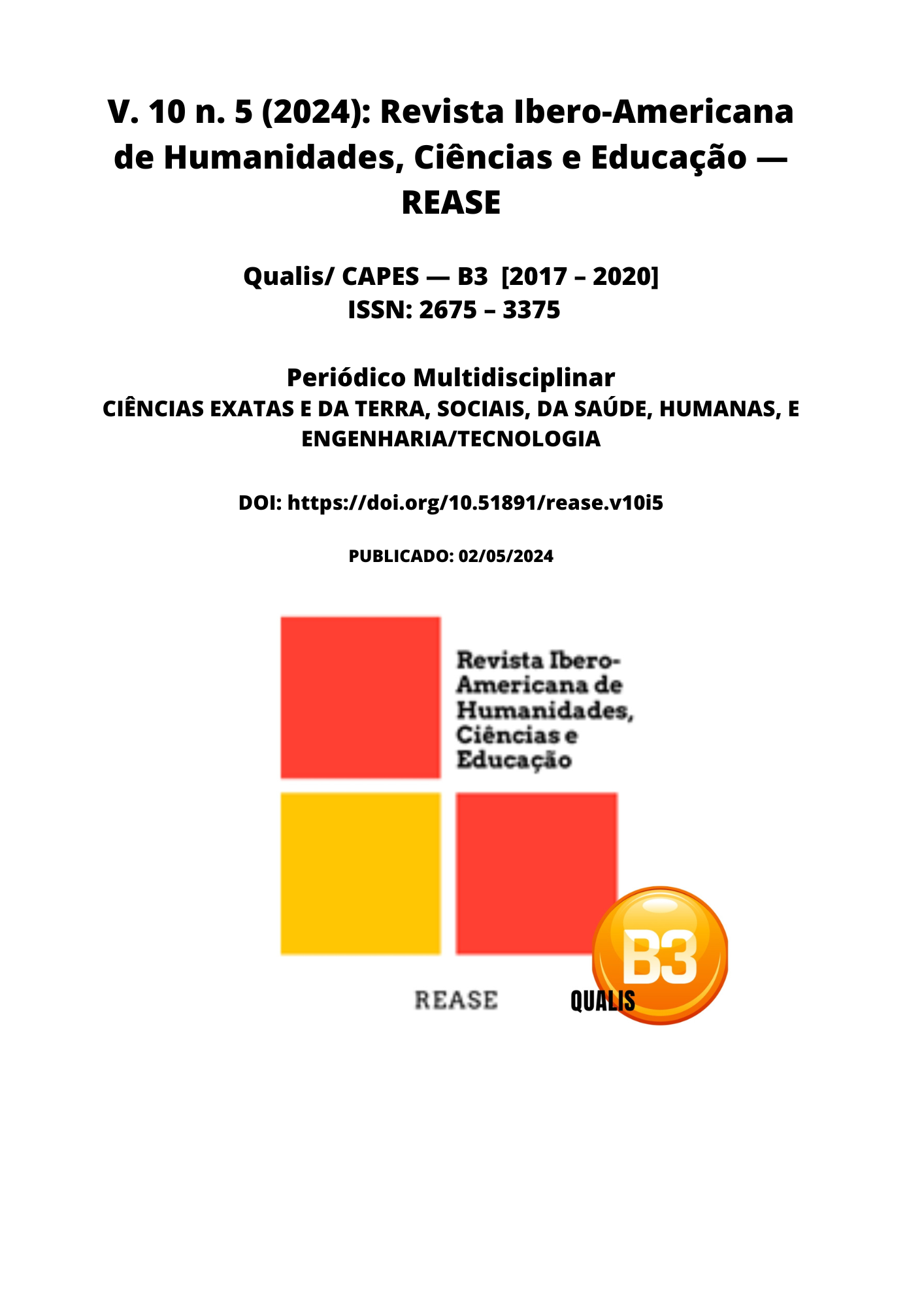PHARMACIST'S ROLE IN LABORATORY DIAGNOSIS AND PHARMACOLOGICAL TREATMENT OF ACUTE MYOCARDIAL INFARCTION
DOI:
https://doi.org/10.51891/rease.v10i5.13630Keywords:
Acute myocardial infarction. Diagnosis. Treatment. Pharmaceutical.Abstract
The heart, like other organs in the body, needs arterial blood rich in oxygen to function normally and when there is an obstruction in the arteries that nourish the heart muscle, the coronary arteries, there is an interruption of the blood supply to the heart and when this happens, Acute Myocardial Infarction (AMI) occurs. AMI is one of the main causes of death in the modern world and due to its prevalence, it has become one of the most relevant public health issues today. Heart attacks tend to have a higher incidence in people who are overweight, smoke, are sedentary, have hypertension or diabetes and represent one of the main causes of death in men and women over the age of thirty. Therefore, the population needs not only treatment, but also pharmaceutical guidance on the risk factors that affect heart attacks, warning people to have better eating habits, a good lifestyle and the practice of physical activities, thus being able to decrease the likelihood of having the disease. Its diagnosis is mainly based on the results of cardiac laboratory marker values, with the most frequent use of Creatine phosphokinase (CK-total), Creatine phosphokinase fraction MB (CK-MB), Myoglobin and Troponin. Pharmacological treatment of AMI is responsible for a reduction of up to 30% in mortality. This increase in survival is associated with the use of thrombolytics, aspirin, beta-blockers and angiotensin-converting enzyme inhibitors (ACEIs) in the acute phase of AMI, as well as the use of some medications after AMI (secondary prophylaxis).
Downloads
Downloads
Published
How to Cite
Issue
Section
Categories
License
Atribuição CC BY

